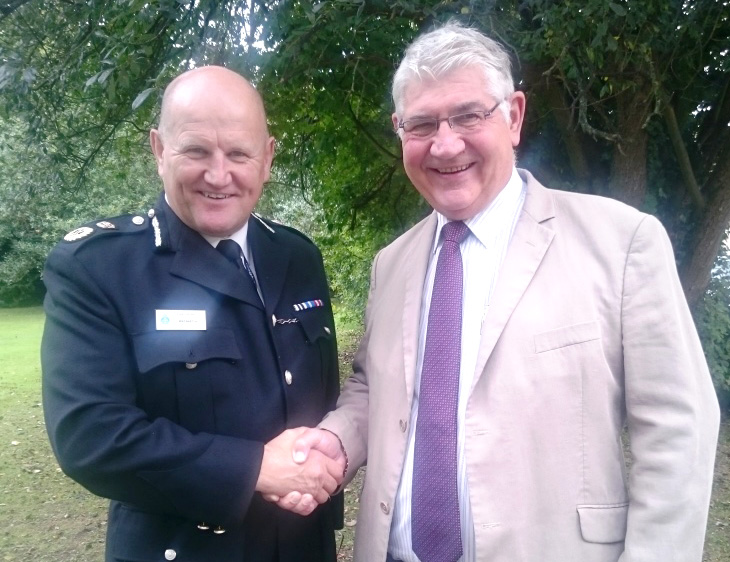A North East council is committing to over 200 further actions as part of its ambitions to tackle climate change. Durham County Council’s Cabinet has agreed the council’s third Climate Emergency Response Plan (CERP3) covering the period 2024 to 2027. It builds on the first two plans, CERP1 and CERP2, the first of which was established in 2020.
CERP3 will set out 232 actions to carry out over the next three years to help achieve its targets of reducing council emissions by 80% and achieving net zero emissions for County Durham by 2045.
Through the actions in CERP1 and CERP2, the council has achieved a 61% reduction in its carbon emissions, which have fallen from 105,000 tonnes of carbon dioxide in 2008 to 41,733 tonnes (2022/2023).
Cabinet heard that more than 80% of actions in CERP2 (2022 to 2024) are progressing, with 124 of the 150 actions complete or on track.
This includes the decarbonisation of street lights and of heating in council buildings, nature restoration and tree planting programmes and the transformation of Morrison Busty into a low carbon depot.
It also heard how projects are making significant monetary savings through more efficient lighting and the production of the council’s own renewable energy. The Street Light LED Replacement Programme has already saved over £5.5m in unused energy costs and will continue to create savings.
Countywide, actions include the completion of walking and cycling infrastructure for nine of the county’s towns; energy efficiency grants awarded to over 500 businesses; over 1000 hectares of blanket bog restoration; expansion of the county’s electric vehicle charging infrastructure with 250 new charge points; and progress with the Seaham Garden Village mine water heat programme.
Actions within CERP3 include the continued decarbonisation of council buildings, the roll out of electric vehicles within the council’s fleet and continued expansion of charging infrastructure.
It also outlines ambitions to increase biodiversity in council open spaces and to introduce wind turbines at the authority’s Hackworth Road depot.
Countywide, actions include public transport improvements, greater low carbon controls within planning applications, and the expansion of renewable energy schemes from the council’s partners. CERP3 also lists a wide range of supporting carbon reduction measures from the Local Nature Recovery Strategy currently in development.
Two Hundred New Actions To Tackle Climate Change











